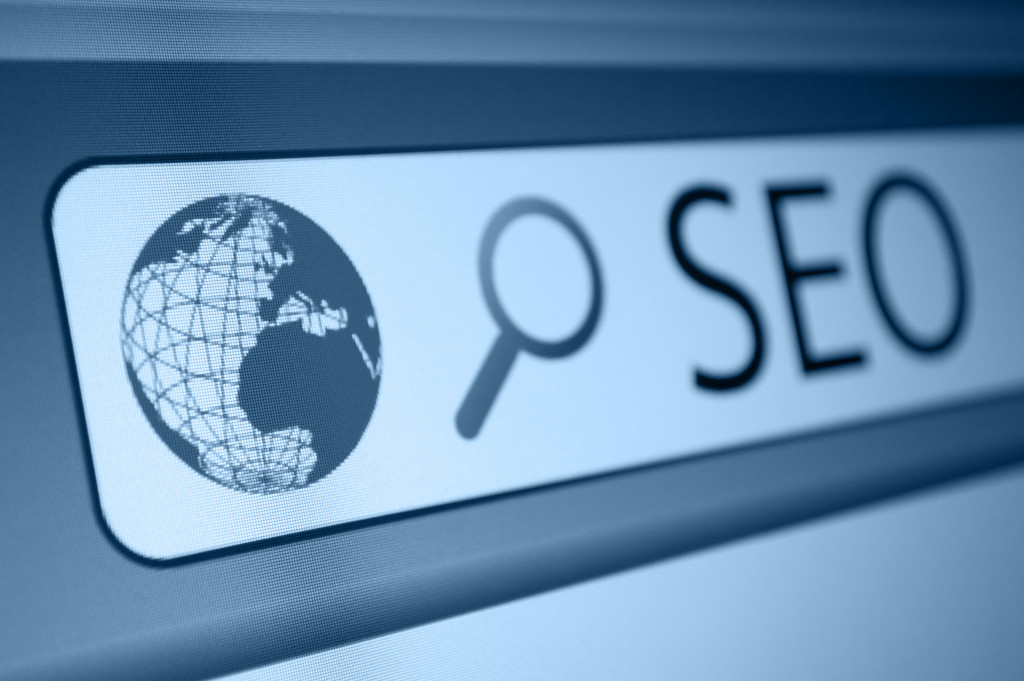In today’s world, you’re constantly bombarded with marketing messages. They’re everywhere you look, from the traditional channels like TV and radio to the more modern ones like social media and online ads. It can be overwhelming, especially if you’re unsure how to filter out the noise and focus on the messages that matter. In this blog post, you’ll look at some of the most common marketing tactics you’ll likely encounter daily.
1. Search engine optimization
You may not realize it, but one of the marketing strategies you’re exposed to daily is search engine optimization (SEO). Whenever you use a search engine like Google or Bing, the results you see are determined mainly by SEO. The goal of SEO is to improve the ranking of a website in search engine results pages (SERPs). This can be done, for example, by link building and developing optimized website content.
While SEO takes time and effort to master, it is a very effective way to reach potential customers. If you’re a business owner or manager that wants to improve your visibility and get more traffic to your website, apply SEO yourself or turn to an SEO agency.
2. Applied FOMO
Another tactic is applying what is known as “the fear of missing out,” or FOMO for short. This is when you feel like you need to buy something right away because it might sell out or be gone before you have another chance to get it.
To use this tactic as a marketer, draw out consumer FOMO by creating a sense of urgency with your messaging. You can do this by giving a limited-time discount, announcing the limited availability of a product, or offering some other incentive that will make consumers feel like they have to take action now. This is also known as pushing scarcity, and it involves using limited quantities or time frames to encourage people to buy something quickly.
To combat this tactic as a consumer, take a step back and ask yourself if you need the item in question. More often than not, the answer will be no. If you can resist the urge to buy on impulse, you’ll save money and buyer’s remorse in the long run.
3. Email

Whenever you receive a message from a friend or family member, you’re exposed to this type of marketing. Email marketing is a way for businesses to reach out to potential and current customers by sending them messages. These messages can include special offers, coupons, new product announcements, or general company information.
By including links back to the business’s website, email marketing can also help to drive traffic and generate leads. While it may seem like a simple form of marketing, email can be a powerful tool in your marketing arsenal. Meanwhile, as a consumer, you can use an awareness of email marketing to avoid spam and unsubscribe from email lists that you don’t find helpful or relevant.
4. Beating banner blindness
Another tactic is beating banner blindness. Banner blindness is when you see an ad so often that you stop consciously registering it. Have you ever noticed how you can watch a commercial break on TV and then not be able to remember any of the ads that ran? That’s banner blindness.
The way a business or marketer can beat banner blindness is by making ads eye-catching and exciting enough that they break through the clutter and capture people’s attention. You can do this with bright colors, an arresting image, or even a clever tagline. Whatever you do, make sure your ad stands out from the rest.
Now that you know this, as a consumer, you can identify how and when an ad is attempting to beat banner blindness. Try it out next time you visit a website full of paid ads or watch a commercial break.
5. The bandwagon effect
The bandwagon effect is when you see something become popular and feel pressure to jump on board even though you may not have any interest in it otherwise. For example, maybe all of your friends are using a particular app, so you download it too, even though you don’t think it looks all that fun or valuable.
As a marketer, you should be aware of this phenomenon and use it to your advantage. One way to do this is with social proof. This could be in the form of online reviews, celebrity endorsements, or user testimonials. If you can convince potential customers that everyone else is using your product or service, they may be more likely to do so too.
As a consumer, you can fight back against the bandwagon effect by taking a step back and considering whether you really want to participate in something or not. Remember, just because your friends are doing something doesn’t mean that it’s right for you too. Think critically about each decision and only engage in things that truly interest you.
You’re continuously inundated with marketing messages everywhere you look. It can be tough to catch, but if you’re aware of these tactics you’ll notice them much easier and more often. As business owners or marketers, you can use them to get attention and drive sales, while as consumers you can use this awareness to learn more about the ads you see and make more informed decisions about the products and services you purchase.

